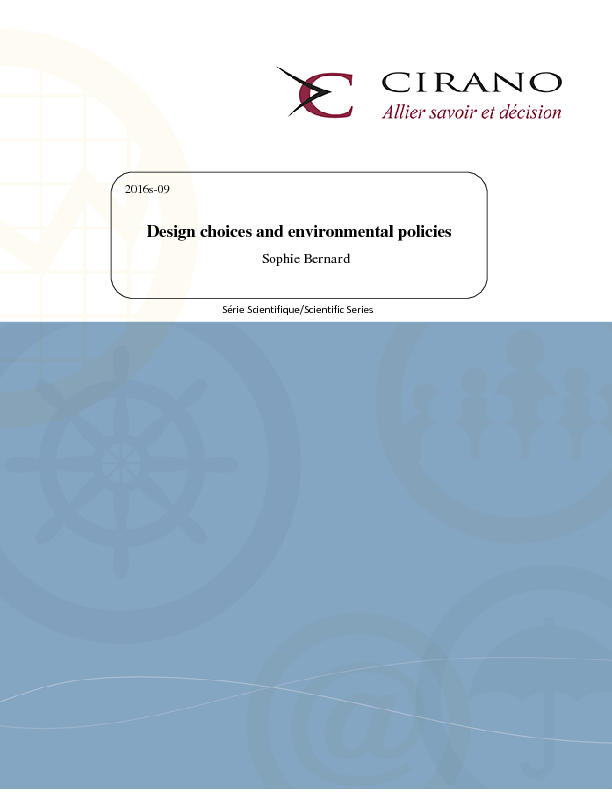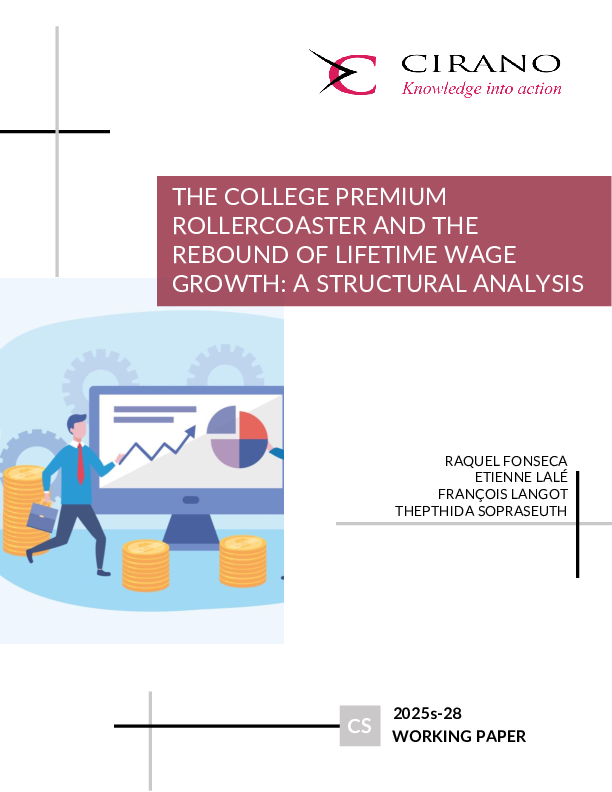Design choices and environmental policies
This
paper studies the impact of environmental policies when firms can adjust product
design as they see fit. In particular, it considers cross relationships between
product design dimensions. For example, when products are designed to be more
durable, this may add production steps and increase pollutant emissions during
production. More generally, changes applied to one dimension can affect the
cost or environmental performance of other dimensions. In this theoretical
model, a firm interacts with consumers and a regulator. Before the production
stage, the firm must choose the levels of three design dimensions: 1) energy
performance during production, 2) energy performance during use, and 3) durability.
Depending on the assumptions, the dimensions are said to be complementary,
neutral, or competitive. The regulator can promote greener designs by applying
targeted environmental taxes on emissions during production or consumption. The
main results shed light on the consequences of modifying public policies. When
some design dimensions are competitive, a targeted emission tax can result in
environmental burden shifting, with an overall increase in pollution. This paper
also explores the social optimum and the development of second-best policies when
some policy instruments are imperfect. Under given conditions, a government would
want to regulate and constraint the level of durability.
[ - ]




